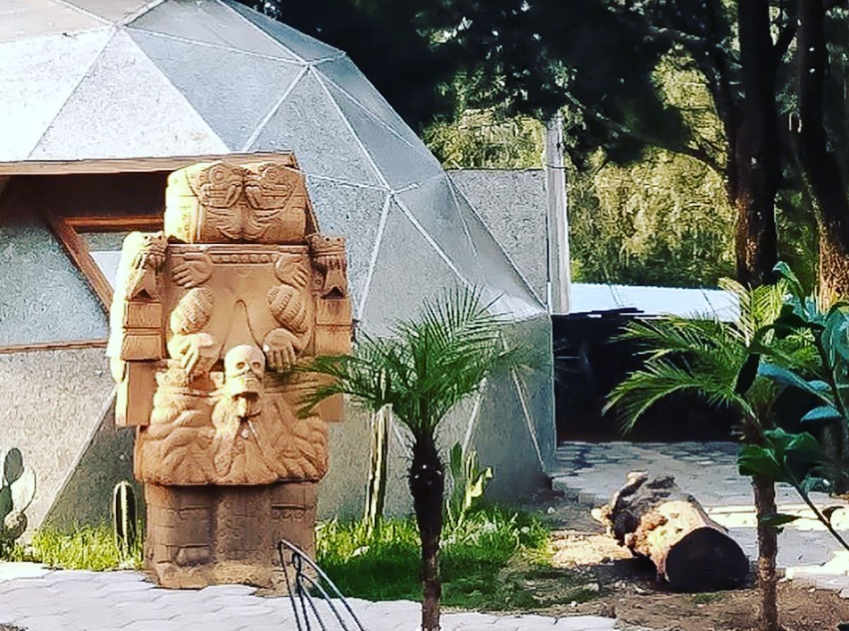
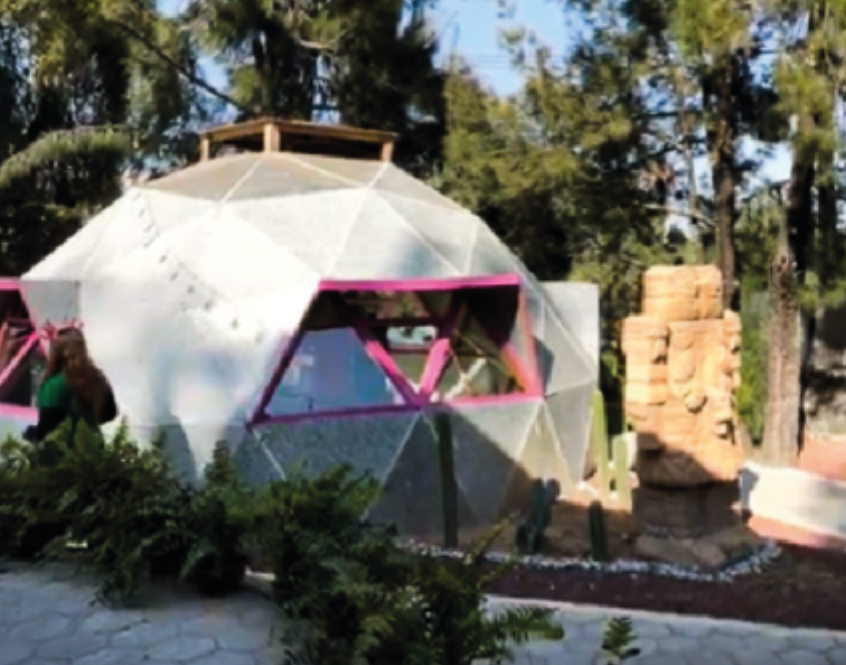
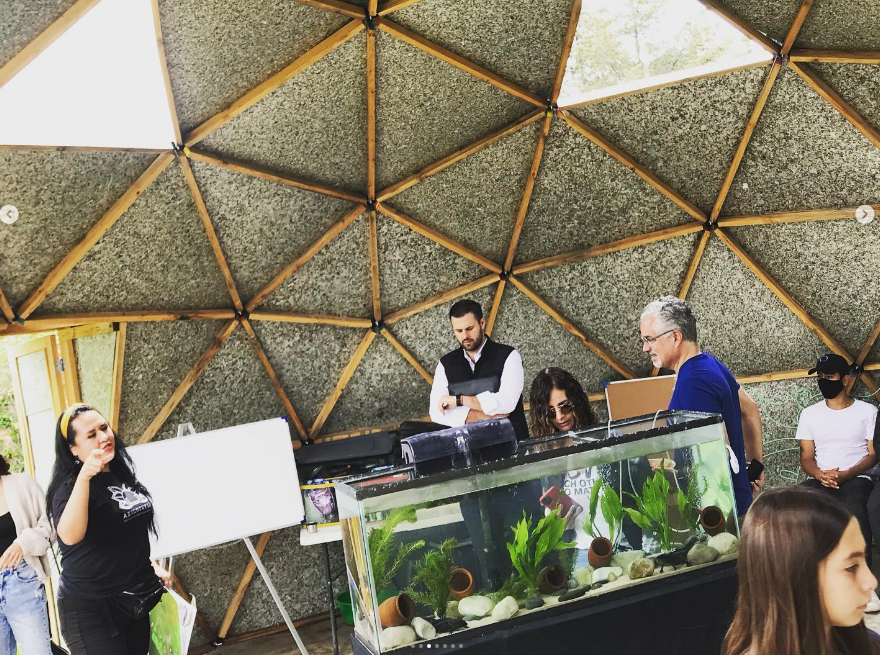
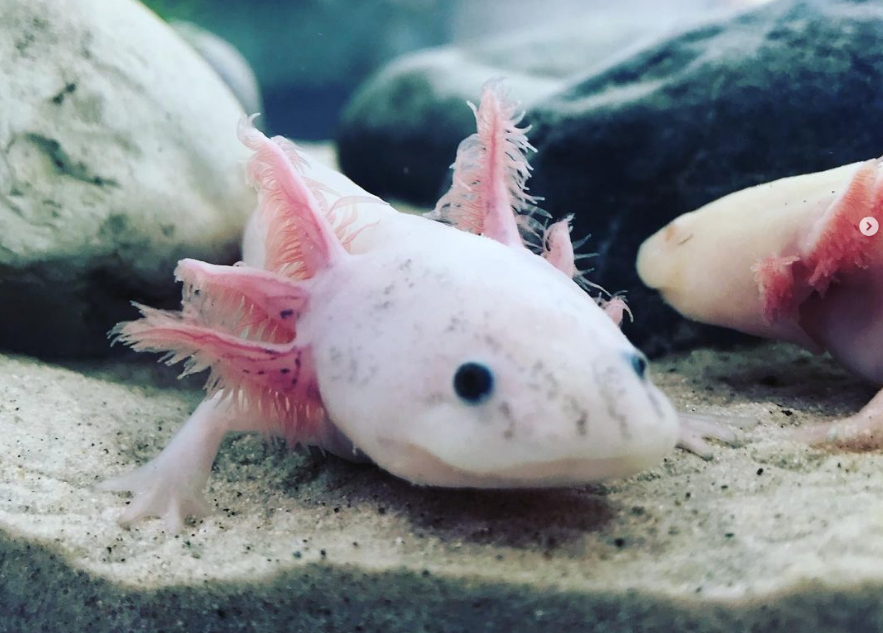
Axolotitlán, El Museo del Axolotl es un pequeño museo ambiental y también un centro cultural. Está dentro del Parque de Tarango, que a veces se conoce como el Segundo Parque de las Águilas. El centro proporciona un hogar a varios de los ajolotes protegidos en el sitio. El museo y centro cultural tiene la misión más amplia de proteger el frágil entorno que habitan estas maravillosas creaturas.
Comenzó en 2017 como un proyecto de la consultora medioambiental Ectagono. Aprovecharon el gigantesco barranco de Tarango para poner en marcha un completo sistema de proyectos ecológicos en apoyo de otro más amplio. El museo comenzó dentro de una cúpula geodésica principal construida íntegramente con materiales reciclados. Le siguieron otras dos cúpulas geodésicas. Junto con los jardines, los edificios del museo sirven de refugio y cuidado para los animales. Pero también albergan y fomentan un amplio programa de educación medioambiental, una red médica y un programa de visitas bioculturales.
La red de atención veterinaria está especialmente pensada para atender a la población de ajolotes de todo el valle de México. Los tours se extienden con frecuencia a la zona de Xochimilco, base de operaciones de las salamandras, e incluyen programas educativos y de turismo responsable.
Se trata del primer espacio físico en la Ciudad de México dedicado 100% a los ajolotes. El museo suele ser sede de exposiciones de artes plásticas y obras artesanales, además de talleres y reuniones de divulgación educativa, centro de investigación y cuidado de ejemplares, así como eventos para su conservación.
El museo de Axolotitlán suele visitarse en combinación con otras partes del Parque Tarango.
Horario: Martes a domingo, de 9 a.m. a 4 p.m. Lunes cerrado.

Cercano a 0.78 kms.

Cercano a 0.88 kms.

Cercano a 1.67 kms.
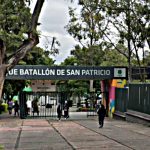
An important park for people from all over Álvaro Obregón . . .
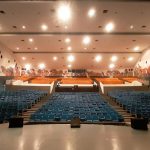
A first-rate performance space for audiences of every age . . .
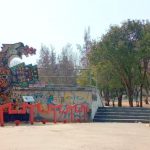
Green areas surrounding the headquarters of the Álvaro Obregón local government . . .

An important natural enclave helps birds moving to and from the southern highlands . . .
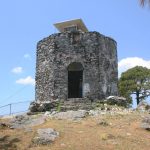
A tiny 18th-century chapel is the highest colonial architecture in Mexico City . . .